Vintage wellness hacks we now know are bogus
Have you ever wondered what wellness trends our ancestors swore by? Journey back with us to a time when the world of health was filled with curious concoctions and peculiar practices. From dubious elixirs to shocking remedies, these vintage wellness hacks might make your head spin. While some of these methods seem downright bizarre today, they were once the epitome of health wisdom. So, buckle up as we explore some of the strangest and most intriguing health fads from the past.
The Myth of the Magic Vinegar Tonic

In the late 19th and early 20th centuries, apple cider vinegar was hailed as a cure-all tonic. It was believed to cure everything from indigestion to acne. While modern science acknowledges its potential benefits for blood sugar control, claims of its miraculous powers were highly exaggerated. People would gulp down this sour concoction, convinced it was the key to longevity and vitality. Today, vinegar remains popular in health circles, but with a more balanced understanding of its uses.
The Allure of the Age-Old Bloodletting Practice

For centuries, bloodletting was a go-to remedy for everything from fevers to headaches. Practitioners believed that releasing ‘bad’ blood could restore balance to the body. This practice was so common that even George Washington underwent bloodletting as a treatment for a throat infection, which some historians believe may have hastened his death. Despite its popularity, modern medicine has debunked this practice, recognizing that it often caused more harm than good.
The Curious Case of Tapeworm Diet Pills

In the early 20th century, people went to extreme lengths to achieve the perfect figure, including swallowing tapeworm eggs. The idea was that the tapeworm would consume excess calories, leading to weight loss. However, this method often led to severe health complications, as the parasitic worms could grow uncontrollably and cause malnutrition. Thankfully, this dangerous trend has faded into obscurity, serving as a stark reminder that not all weight loss methods should be embraced.
Radioactive Water: When Glow Was the Goal
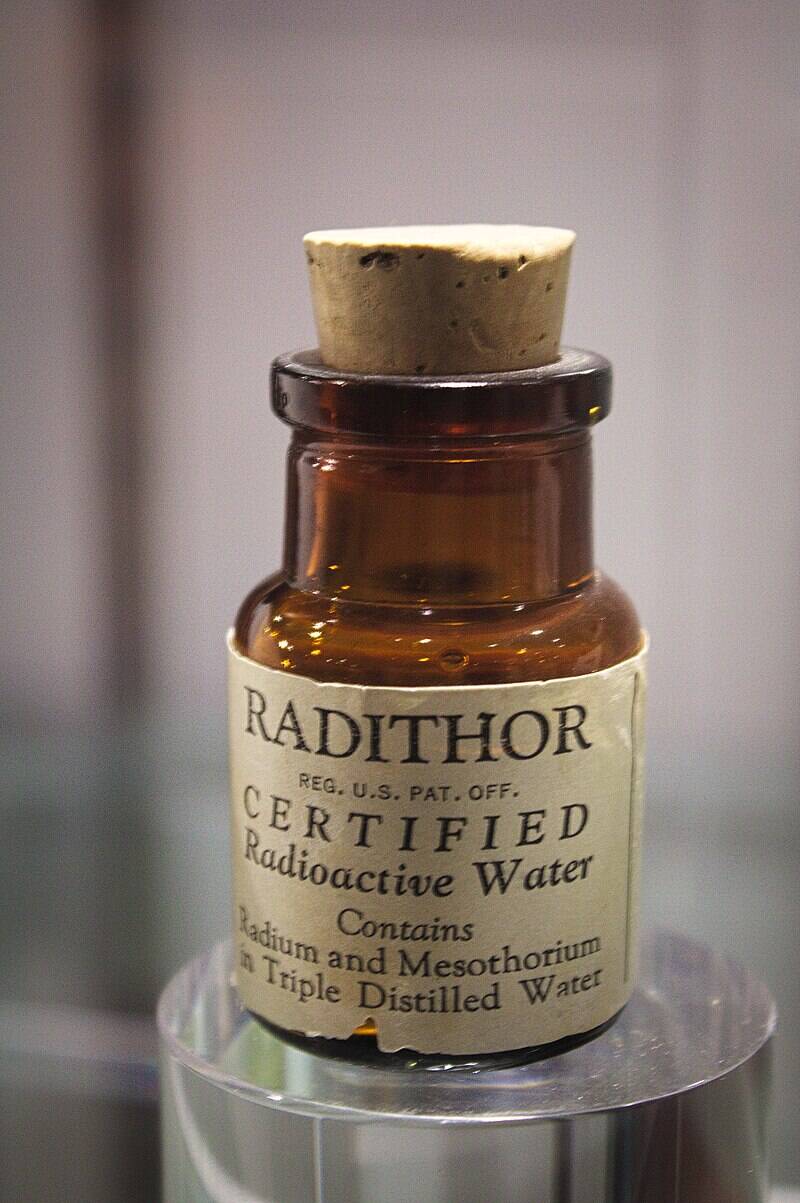
Believe it or not, there was a time when radioactive water was marketed as a health tonic. In the 1920s, products like Radithor promised increased energy and vitality thanks to their radium content. Unfortunately, the harmful effects of radiation were not well understood, leading to tragic consequences for those who consumed it. The most famous victim, Eben Byers, suffered a gruesome death, prompting greater scrutiny and regulation of health products. Today, we know better than to seek a glow from radioactive sources.
Smoking for Better Digestion: A Hazy Proposition

In the mid-20th century, cigarette ads claimed that smoking could aid digestion and help with weight management. Brands like Lucky Strike pushed the idea that a post-meal cigarette was just what the doctor ordered. It’s hard to believe now, but such claims were widely accepted before the health risks of smoking were fully understood. As research revealed the dangers of tobacco, this hazy proposition went up in smoke, leaving behind only a cloud of disbelief.
Lobotomies for Mental Health: A Grim Chapter

The history of mental health treatment is full of dark turns, and lobotomies are among the grimmest. Popularized in the 1940s and 1950s, this invasive procedure was once hailed as a breakthrough for treating mental illness. Despite the Nobel Prize awarded to its creator, the tragic outcomes and ethical concerns ultimately led to its decline. Patients often suffered severe cognitive and emotional impairments, highlighting the importance of humane and effective mental health treatments.
The Sensational Seaweed Wrap Craze
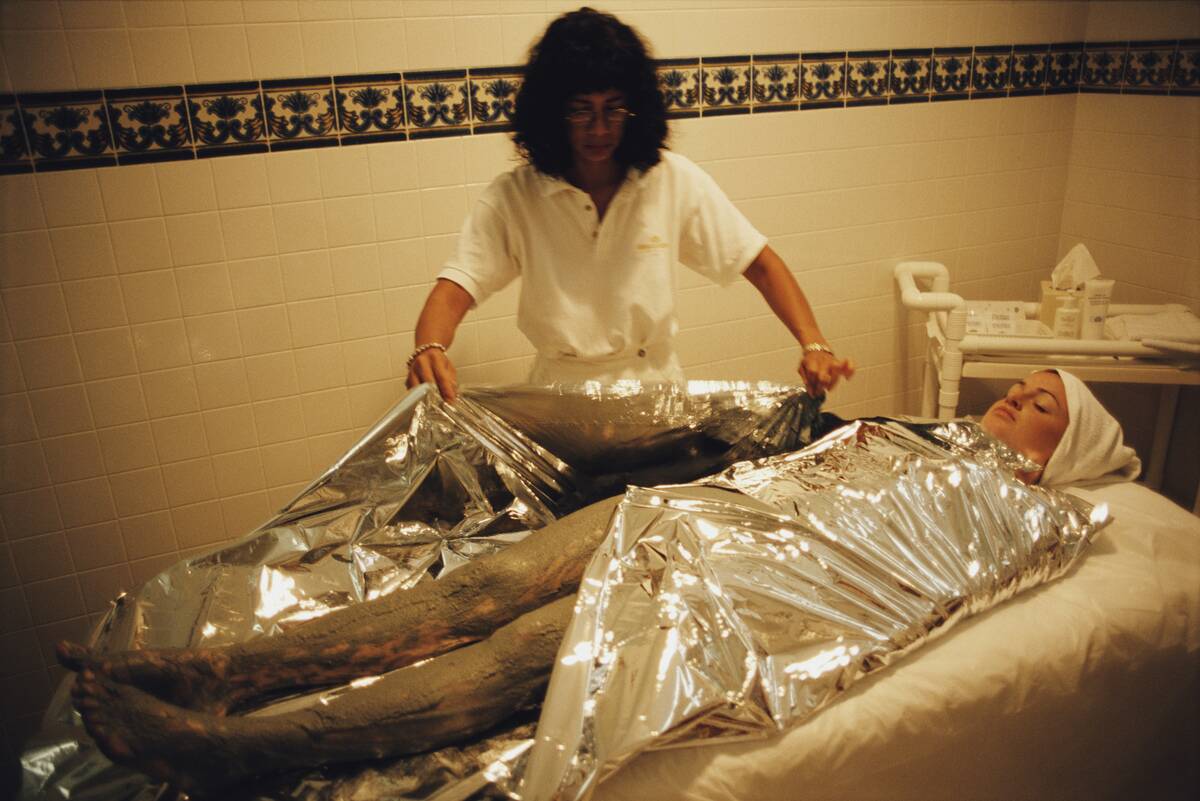
Seaweed wraps became a sensation in the late 20th century as a purported way to detoxify and slim down. Spas across the globe offered these treatments, claiming that the seaweed’s minerals could draw out toxins and reduce cellulite. While seaweed does have some beneficial properties, such as being rich in vitamins and antioxidants, the dramatic detox claims remain unproven. Despite this, seaweed wraps continue to be a popular spa treatment, offering relaxation if not miraculous results.
The Misguided Magic of Mercury

Once upon a time, mercury was considered a cure-all for various ailments, from syphilis to teething pain. Its antiseptic properties were valued, but the toxic effects were catastrophically underestimated. Prolonged mercury exposure led to a range of health issues, including neurological damage. The term ‘mad as a hatter’ even originates from mercury poisoning in hat makers. Today, mercury is recognized as a dangerous substance, and its medicinal use is a cautionary tale from history.
Electric Shock Therapy: The Zapping Health Trend
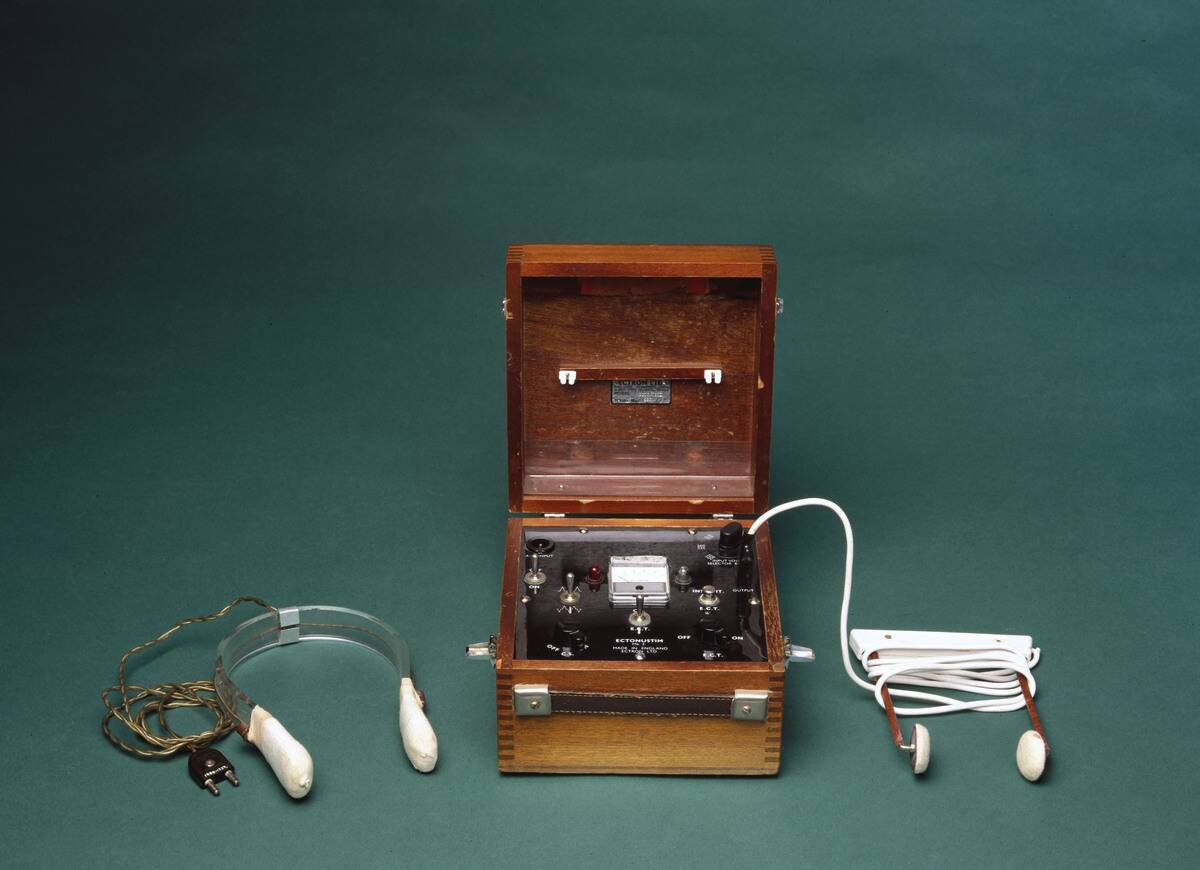
Electroconvulsive therapy (ECT) emerged in the 1930s as a treatment for severe mental illnesses. While it can be effective in certain cases, early applications were often crude and lacked proper anesthesia, leading to serious side effects. Despite its controversial past, modern ECT is more refined and used under strict medical supervision. This evolution underscores the importance of advancing medical practices and understanding the complexities of mental health treatment.
The Enema Obsession: A Cleansing Controversy
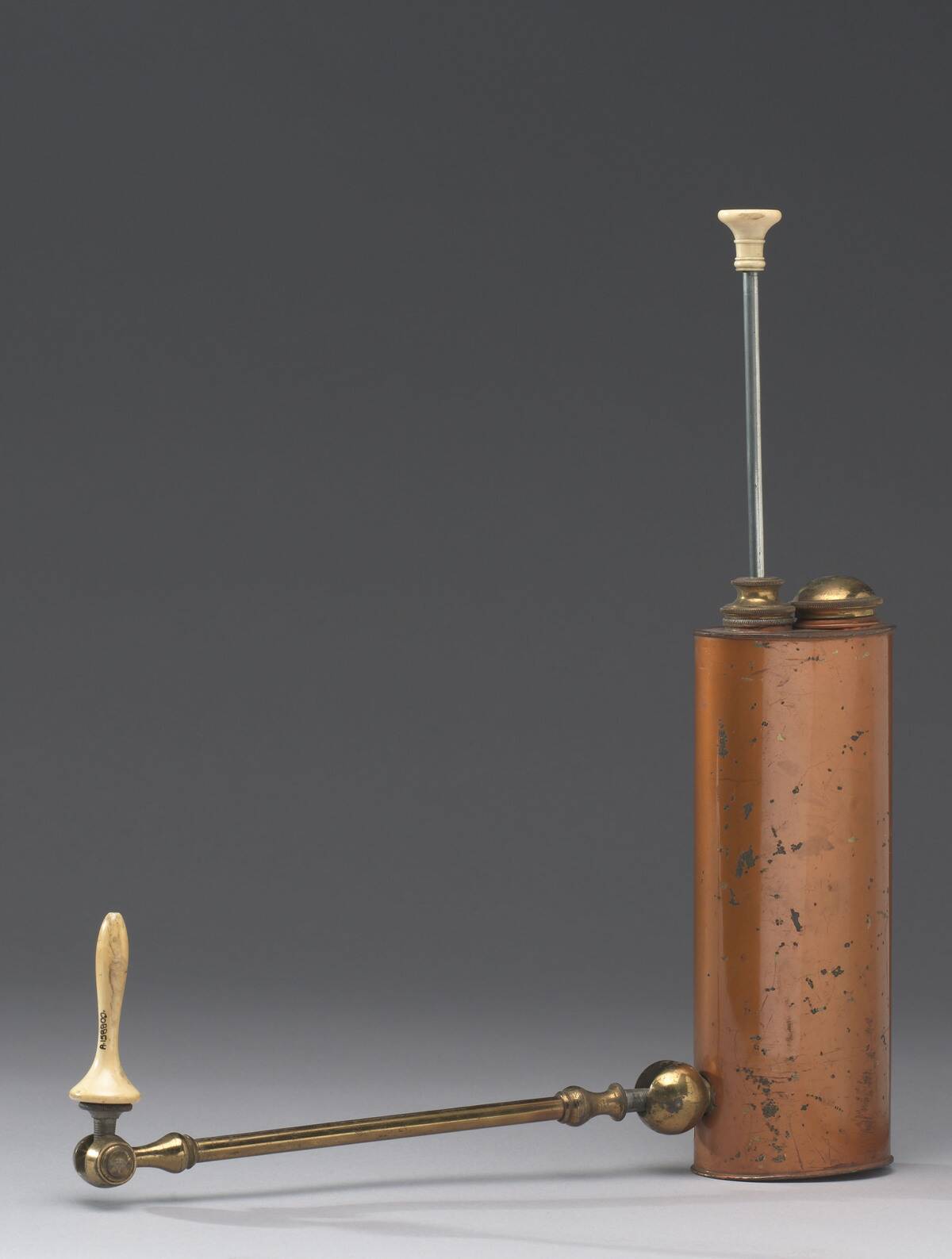
Enemas have been used for centuries as a method of cleansing and detoxification. From high-society ladies to health enthusiasts, many believed that enemas could cure a host of ailments. While they do have legitimate medical uses, the idea that regular enemas are necessary for health has been debunked. The obsession with this cleansing ritual highlights both the allure and the risk of overzealous health practices. Balance, it seems, is key when it comes to wellness.
The Bizarre Belief in Bed Rest for Everything
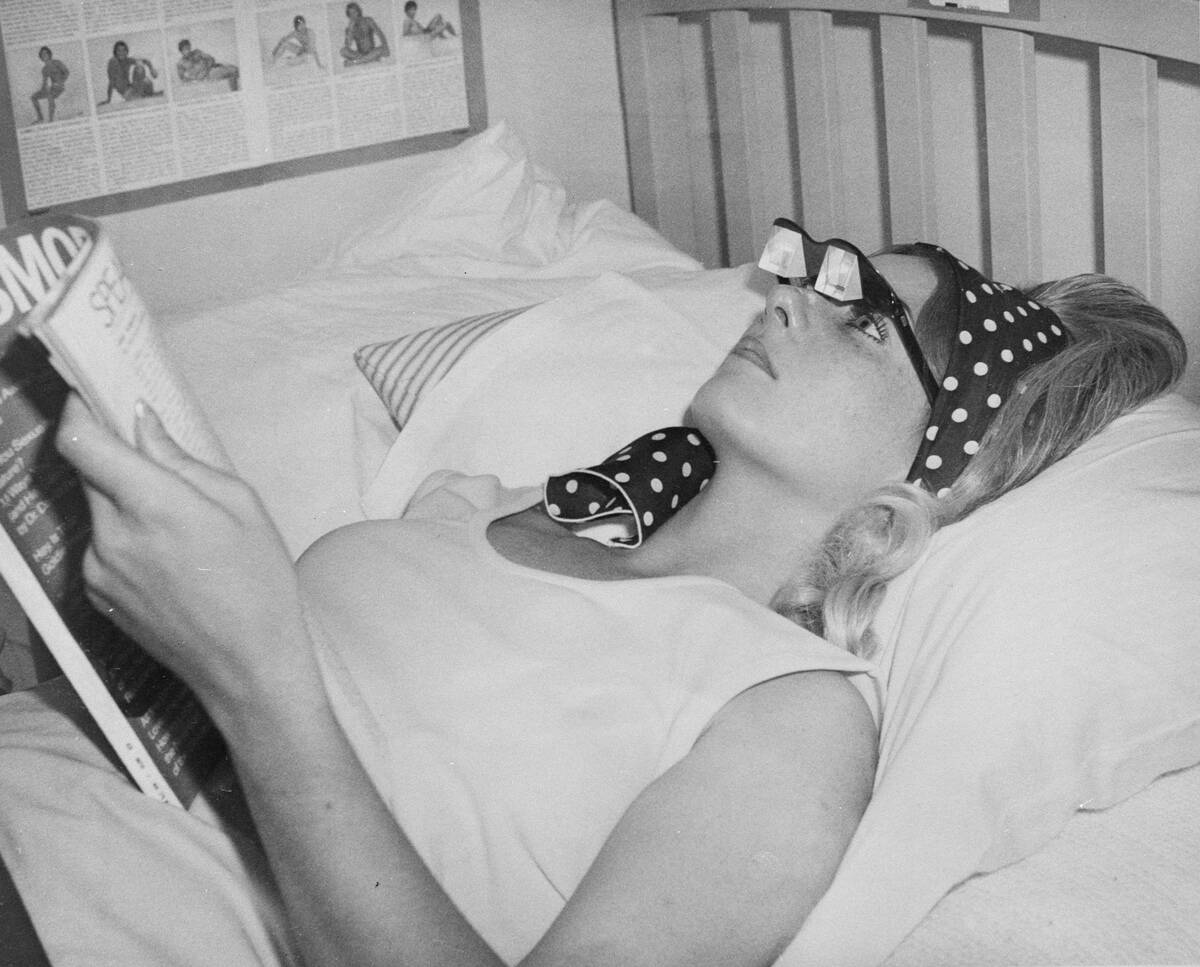
There was a time when bed rest was prescribed for nearly every ailment, from broken bones to depression. While rest can be crucial for recovery, excessive bed rest has been found to lead to muscle atrophy and other complications. The once-popular notion that lying in bed could solve all health woes has been replaced by a more nuanced understanding of healing. Today, a balance of activity and rest is advocated for most conditions, reflecting the evolving nature of medical advice.
Urine Therapy: A Not-So-Golden Practice

Urine therapy, the practice of using one’s own urine for medicinal purposes, has ancient roots. Advocates claimed it could cure everything from acne to cancer. While urine is sterile and contains certain nutrients, scientific evidence supporting its health benefits is lacking. The thought of drinking or applying urine might turn most stomachs today, but this practice persists in some alternative health circles. Its bizarre nature is a reminder of the lengths people will go in search of healing.
The Strange Appeal of Vibrating Weight Loss Belts

In the mid-20th century, vibrating belts promised effortless weight loss. Simply strap on the belt, and watch the pounds melt away! Despite the appealing notion, these devices did little to burn calories or shed weight. The passive jiggling might have felt amusing, but the science was lacking. Today, we know that sustained physical activity and a balanced diet are the keys to weight loss, leaving the vibrating belt as a quirky relic of fitness past.
The Perils of Arsenic Complexion Wafers
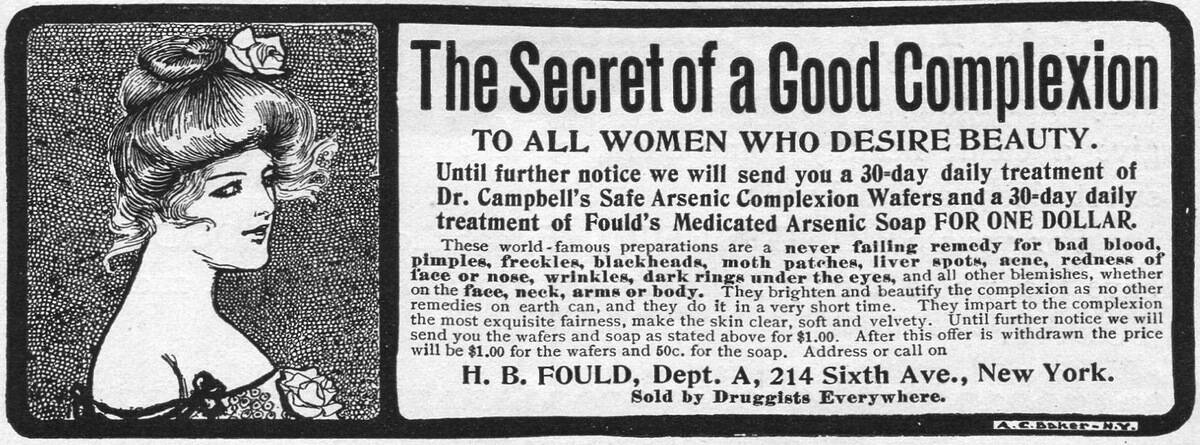
In the 19th century, arsenic wafers were touted as a beauty treatment, promising a pale complexion and clear skin. Users were assured that the arsenic was “harmless” in small doses. However, arsenic is highly toxic and prolonged use led to serious health issues, including organ failure and death. This dangerous beauty trend vividly illustrates the risks of unregulated cosmetic products. Thankfully, beauty standards and regulations have evolved, prioritizing safety over such perilous practices.
Snake Oil and Other Miracle Elixirs
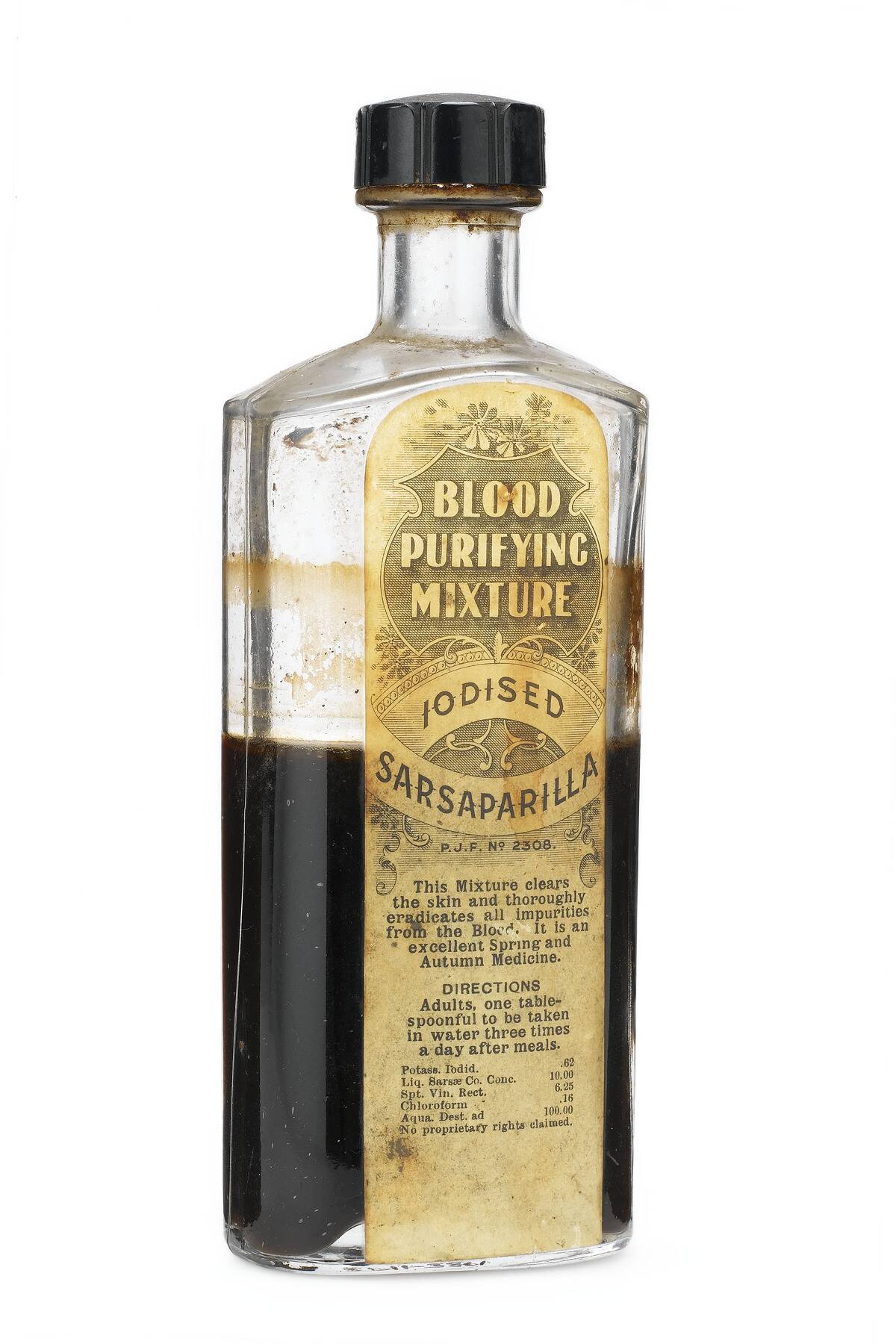
The term “snake oil” might make you chuckle today, but back then, it was serious business. Traveling salesmen touted these miracle elixirs as a solution to all ailments. While some formulations contained medicinal herbs, many were simply alcohol or mineral oil. These dubious potions were peddled with grand promises, leaving countless people disillusioned. The phrase “snake oil” has since become synonymous with fraudulent health products, reminding us to always question too-good-to-be-true claims.



